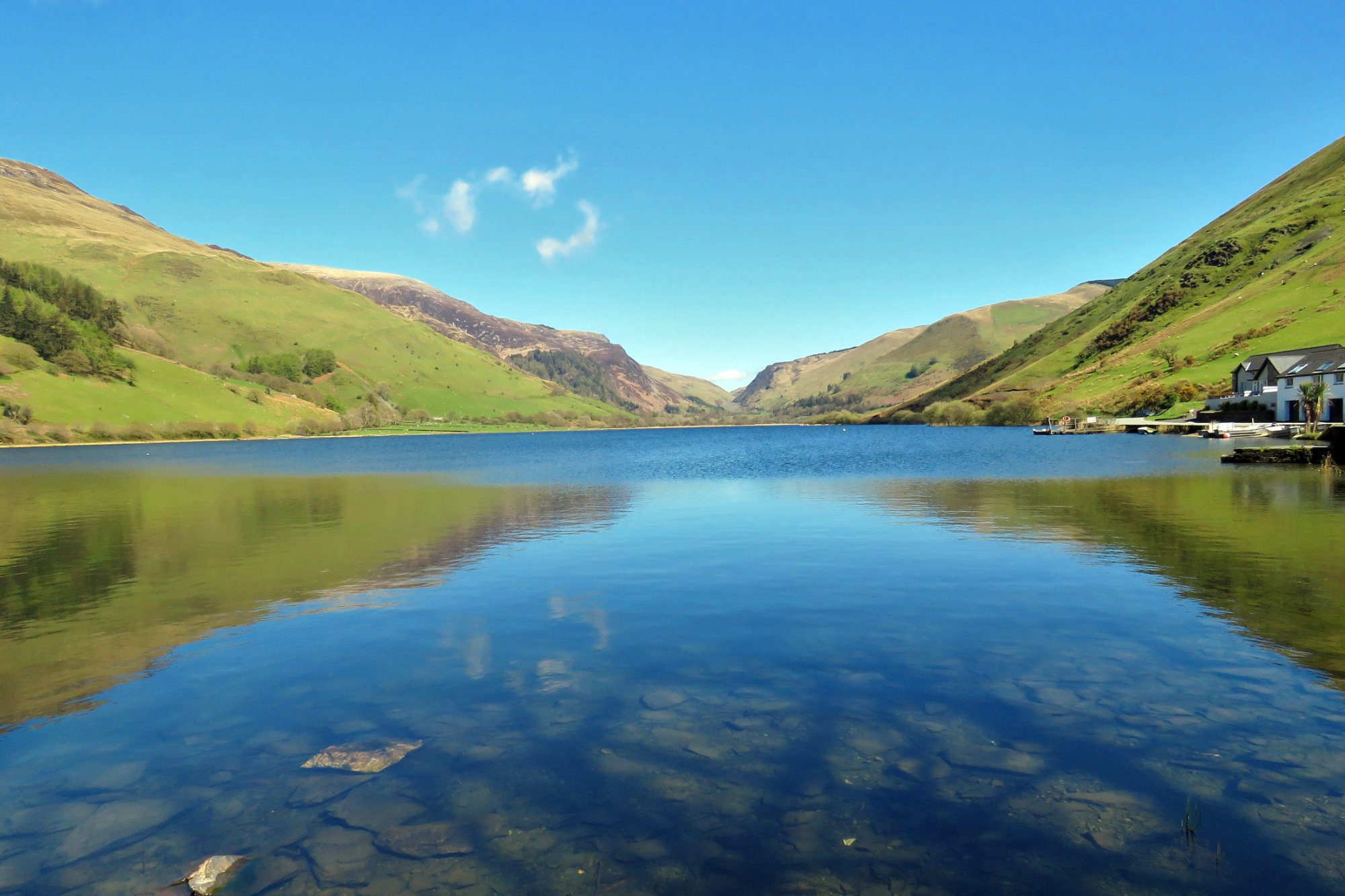There’s nothing quite like the escapism of a multi-day (or even a long, single day) walk. Not only does it give the chance to unplug from the pressures of rolling news, social media and other attention drains, but it serves up something even more liberating: the time and space to connect with the world around you. When nothing stands between breakfast and dinner but a trail winding through the hills, you know it’s going to be a good day. Happily, England and Wales are both blessed with a network of brilliant long-distance walking routes, from fully-fledged National Trails to lesser-known, waymarked rambles across the countryside. If you’re new to the idea, here are some of the key things to consider.
Where should I walk?
Spring and autumn are generally seen as the best seasons to tackle a long-distance route in the UK. Winter has obvious downsides, unless you’re feeling particularly hardy, while the summer months — although by no means to be ruled out — can see the more popular trails become busy. Maybe ask yourself if there’s anything you’d particularly like to see along the route you’ve chosen (wildflowers? nesting seabirds? autumn colours?) and plan accordingly.
Take a look at our walking breaks for some inspiration.
How long should I walk for?
This will largely depend on your fitness and experience. If you’ve rarely walked further than five miles at a stretch, tackling the 270-mile Pennine Way might be unwise — fantastic though it is. Try to work your fitness up to a point where walking 10 or 15 miles in a day, with a pack, feels like good exercise rather than a slog. If you feel well prepared, the experience will be all the better! Something like Norfolk’s Peddars Way, which stretches for just over 45 miles, is a nice length for new-ish walkers to aim towards.
Where am I going to stay?
This will vary according to your route, but the golden rule is to have your accommodation planned in advance, whether you’re camping, hostelling, or staying at a B&B, pub or hotel. Most trails have tried-and-trusted options on (or near) the route itself. It can take a bit of planning to work out where and when you’d like to stay — but it also helps build anticipation! Some tour operators do this work for you and offer a full trail as a package.
There are plenty of YHA hostels on National Trails and other walking routes, many of which allow for brilliant hostel-to-hostel walks. YHA Whitby to YHA Boggle Hole is one of our favourites, and there are all sorts of options in the Peak District and Lake District.
What should I take?
Having the right gear is critical. It doesn’t need to be super expensive, but it does need to be practical. Invest in walking trousers (jeans are a no-no) and appropriate boots or shoes — many people also swear by walking poles, which can share the load of your weight, ease the impact on your knees, and help your balance. A suitable, and comfortable, backpack is also key.
Pack spare clothes wisely — always bring proper waterproofs and remember that layering is the best way to regulate your temperature. It’s better to have a few lightweight mid-layers than one chunky jumper. Bring gloves, a hat and/or cap, sun cream and a basic first aid kit (including blister plasters), and plan ahead, too, with food and drink. Make sure you have enough drinking water — or somewhere en route to refill, like YHA’s water refill stations — and stock up on provisions and snacks where you can without weighing your pack down too much. Arranging a packed lunch at your overnight accommodation can be helpful.
Read next: Get ahead for spring with our tried and tested reviews of outdoor gear.
Photo credit: Pawel Pajor / Adobe Stock







